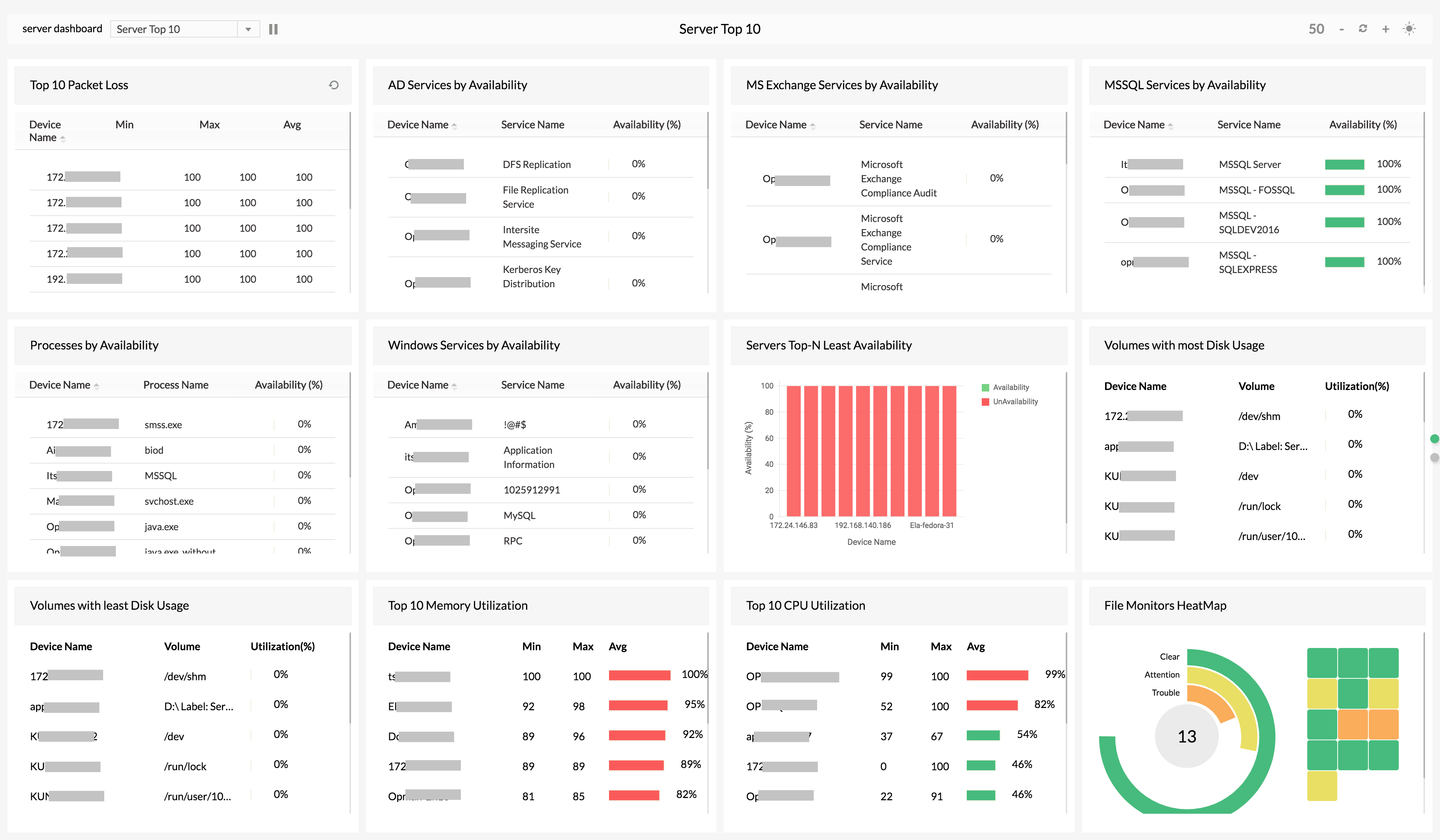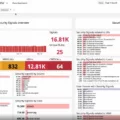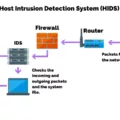Are you looking for a GDPR compliance software solution to help protect your customers’ data? In today’s digital world, data security is of utmost importance and it’s essential for businesses to be compliant with the General Data Protection Regulation (GDPR). GDPR compliance software can provide critical support in ensuring that your organization meets the necessary requirements.
In this blog post, we will discuss what GDPR compliance software is, how it works, and why it is important. We will also provide a detailed 10-step checklist to ensure that your business is fully compliant with the GDPR regulations.
What is GDPR Compliance Software?
GDPR compliance software is a privacy management tool designed to help businesses manage customer data, consent forms, and data security. This type of software enables companies to comply with the GDPR regulations by giving customers the ability to choose the amount and type of data they want their company to store or process.
How Does It Work?
The exact features of each GDPR compliance software solution may vary slightly, but generally, they are designed to take into account all aspects of GDPR compliance such as:
1) Collecting and verifying customer consent forms;
2) Creating a secure database for storing customer information;
3) Tracking changes in customer data;
4) Providing detailed audit trails;
5) Generating reports on data processing activities; and
6) Ensuring that customers have access to their personal information.
The benefit of using this type of software is that it simplifies the process for businesses by automating many of these tasks and providing an easy-to-use interface for managing customer information and rights.
GDPR compliance software is essential for any business that collects personal information from European Union citizens since it helps ensure that their rights are protected under the regulation. The goal of the regulation is to give people greater control over how businesses collect, use, store, and share their personal information. By implementing a GDPR-compliant system, businesses can demonstrate that they are taking proactive steps to safeguard their customers’ privacy rights.
10-Step Checklist For Compliance With The GDPR Regulations:
1) Know All Of The Data Your Business Collects: Start by understanding what types of personal data you collect from your customers and why you need it. This will help you determine which areas need more attention when it comes to protecting this information from unauthorized access or misuse.
2) Appoint A Data Protection Officer (DPO): Under the GDPR regulations, companies must appoint an individual as a Data Protection Officer who will be responsible for overseeing all aspects related to protecting customer data. This individual should have extensive knowledge of privacy laws and regulations as well as experience in managing related processes within organizations.
3) Create A Gdpr Diary: It’s important to document every step taken when dealing with customer data so that you can easily refer back when needed or if there are any questions related to why certain measures were taken or not taken at certain times. A Gdpr diary can serve as a valuable reference point in case there are any discrepancies in future audits or investigations into potential violations of the regulation’s requirements.
4) Evaluate Your Data Collection Requirements: In order for your business to be compliant with the GDPR regulations, all collected customer data must be necessary for providing services or products requested by them or required by law. That being said, review all current methods used for collecting personal information from customers and make sure they meet this requirement before proceeding further with implementation steps related to setting up a Gdpr system within your organization’s existing infrastructure.
5) Instantly Report Data Breaches: If there are any incidents related to unauthorized access or misuse of customer data then these must be reported immediately according to guidelines set out by the European Commission which includes informing those affected within 72 hours after detection has been made (if possible). Again, having an up-to-date Gdpr diary detailing every step taken when dealing with customer information can help speed up this process significantly as long as records are kept properly organized throughout their lifetime within your organization’s systems.
6) Be Transparent About Data Collection Motives: Make sure your customers know exactly why you need their personal information before collecting anything from them – either through opt-in forms on websites/apps where possible or through clear notices during physical interactions (if applicable). This helps build trust between businesses and consumers which ultimately leads towards better relationships overall due its transparency factor alone – something highly valued amongst today’s digital age users who often feel overwhelmed by too much corporate jargon surrounding privacy policies etcetera!
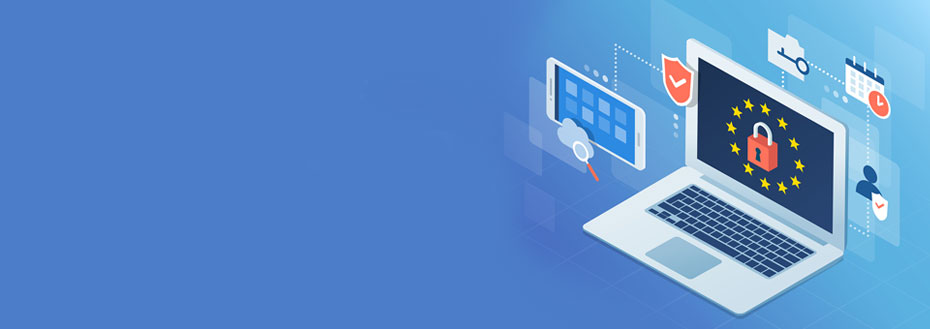
Understanding GDPR Compliance Software
GDPR compliance software is a powerful tool designed to help organizations protect and manage the personal data of their customers in accordance with the new General Data Protection Regulation (GDPR). The software helps organizations keep track of customer permissions, store, and process customer data securely, and create consent forms that are compliant with GDPR requirements. It can also help organizations monitor their GDPR compliance status and provide reports on the effectiveness of their compliance efforts. By utilizing GDPR compliance software, organizations can ensure that they are adhering to the strict regulations set forth by the GDPR while still providing a secure experience for their customers.
Does the GDPR Apply to Software?
Yes, GDPR applies to software. Software developers and providers must ensure that their products are designed and built with data protection in mind. This means they must consider the privacy of users when designing, developing, and deploying their software. They should also make sure that their software is secure, regularly updated, and compliant with GDPR regulations. Additionally, developers should provide an easy way for users to access their personal data and exercise their rights under GDPR.
Ensuring GDPR Compliance for Your Company
Making sure your company is GDPR compliant requires a thorough understanding of the regulations. Here is a 10-step checklist to help you get started:
1. Know all of the data your business collects, where it is stored, and where it is transmitted.
2. Appoint a Data Protection Officer (DPO) who will be responsible for overseeing GDPR compliance within your organization.
3. Create a GDPR diary to help you track changes in the way you collect, use, store, and process data.
4. Evaluate your data collection requirements and ensure that they are necessary and proportionate to the purpose for which they are collected.
5. Instantly report any data breaches or security incidents that occur within your organization to the relevant authorities in accordance with GDPR regulations.
6. Be transparent about the motives behind any data collection taking place within your organization, and make sure that customers understand what their rights are under GDPR legislation when it comes to their personal information being shared or used by your company.
7. Ensure that processes are put in place for customers to request access to their personal data, as well as the right to have their data amended or erased if required under GDPR guidelines.
8. Put appropriate measures in place to protect customers’ personal information, such as encryption and firewalls, as well as ensure the appropriate physical security of documents containing personally identifiable information (PII).
9. Train staff on how to handle customers’ personal information securely, including how to respond appropriately if a data breach occurs within your organization or if requested information needs to be provided quickly by customers in accordance with their rights under GDPR regulations.
10 . Regularly review and auditing of internal processes related to data protection, so any areas of non-compliance can be quickly identified and rectified before they become bigger problems down the line for your company’s compliance with GDPR guidelines.
Comparing GDPR and ISO 27001
The General Data Protection Regulation (GDPR) is a set of rules intended to protect the privacy rights of individuals in the European Union (EU). It ensures that organizations process personal data lawfully, securely, and transparently. GDPR applies to any organization that processes personal data within the EU, regardless of location.
ISO 27001, on the other hand, is an international standard for Information Security Management Systems (ISMS). It provides guidelines on how organizations should plan, implement, monitor, and continually improve their security measures. ISO 27001 focuses on protecting information assets from unauthorized access or use. It outlines specific measures for secure storage, access control, and user authentication to ensure that only authorized personnel have access to sensitive information. Unlike GDPR which applies to EU organizations and individuals only, ISO 27001 applies globally.
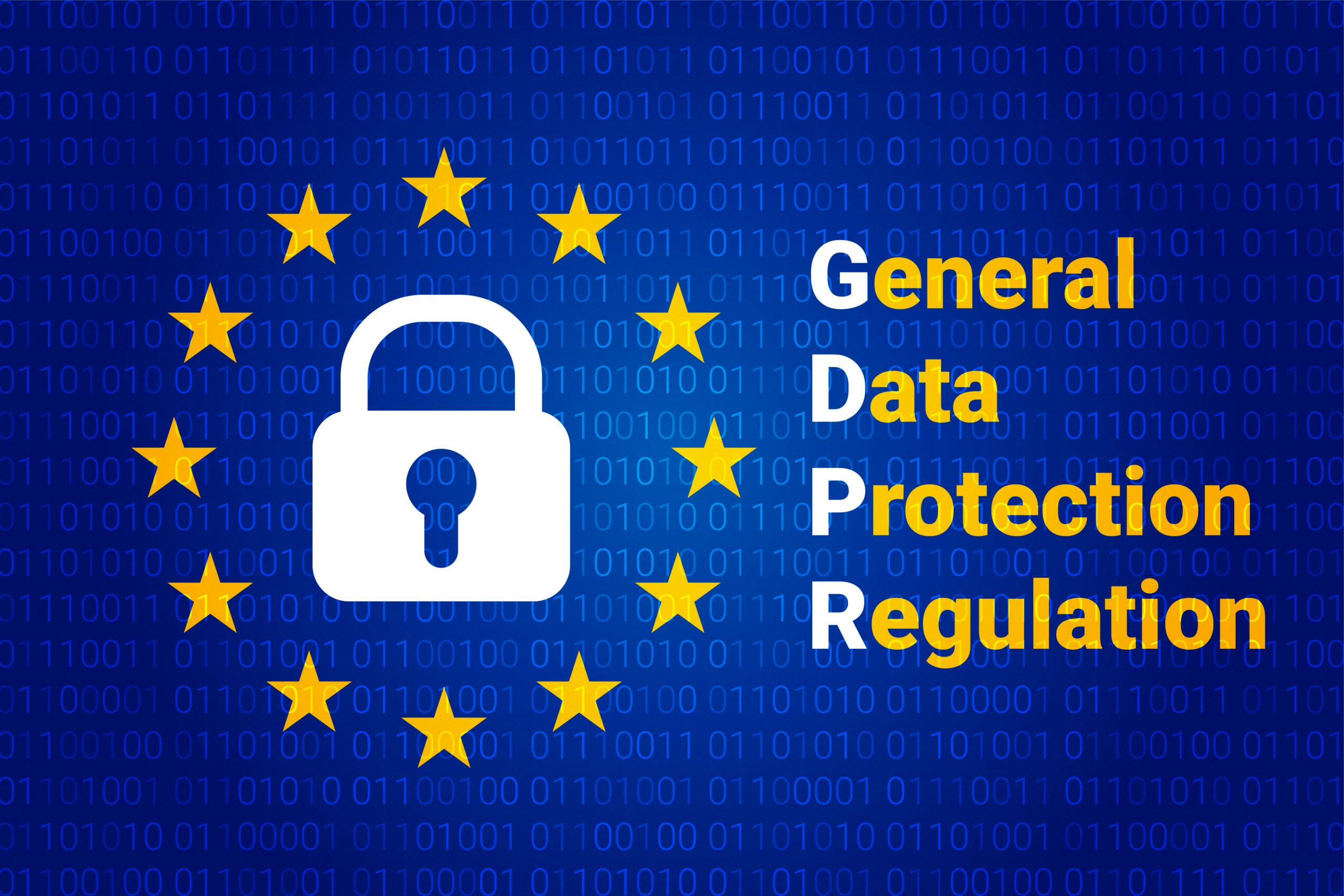
Source: ackcent.com
Making a SAAS Platform GDPR Compliant
1. Understand the GDPR and the data you collect: Before you can make your SAAS compliant with the GDPR, you must first take the time to understand what exactly the GDPR is, and which types of personal data you collect from customers.
2. Implement technical measures: You should implement technical and organizational measures to ensure that data processing is performed in accordance with the GDPR and that customers’ rights are respected. These measures could include pseudonymizing or encrypting personal data, ensuring access control, implementing security measures such as firewalls, or using secure coding practices.
3. Update your privacy policy: Your privacy policy should accurately reflect the data processing activities of your SAAS, including any third-party services or tracking technologies that may be used, as well as how long you will store user data for before deleting it. You should also inform users of their rights under the GDPR.
4. Create a Data Processing Agreement (DPA): A DPA is a contract between you and your customers that outlines how their personal data will be collected, stored, used, and shared by your SAAS. It should also include other items such as liability clauses and dispute resolution provisions.
5. Appoint an internal Data Protection Officer (DPO): If your SAAS processes large amounts of sensitive personal data or regularly tracks users’ online activities then you may be required to appoint an internal DPO who is independent of any other roles within your organization and has no conflict of interest.
6. Make a Cookie Policy: If your SAAS uses cookies or similar technologies to track user activities then you must make sure they are properly informed about this through a cookie policy that complies with Article 7 of the GDPR. Your cookie policy should be clear about what types of cookies are being set by your website and for what purpose(s).
7. Monitor changes in laws: It’s important to keep up-to-date with any changes in applicable laws concerning data protection so that you can stay compliant with the GDPR at all times. Regularly review any new regulations or guidance published by supervisory authorities or relevant government bodies so that any necessary adjustments can be made promptly if needed.
Becoming GDPR Compliant for SAAS Companies
Becoming GDPR compliant as a SaaS company is an important step towards protecting the privacy and data of your customers. Here are some steps you can take to ensure compliance:
1. Appoint an internal Data Protection Officer (DPO): A DPO is responsible for overseeing the collection, storage, and use of personal data and ensuring that it complies with GDPR regulations.
2. Create a detailed cookie policy: A cookie policy should outline what types of cookies your website uses, how they are used, and how users can control them. This will help ensure that users are aware of how their data is being used and give them the opportunity to opt-out if they wish.
3. Update the content and language of your privacy policy: Your privacy policy should be easy to understand, and provide clear explanations about what data you collect, why you collect it, and how you use it. It should also include information on how users can exercise their rights under GDPR such as the right to access, rectify or delete their data.
4. Update your cookie consent banner: Your cookie banner should make it clear what types of cookies you use on your website, and how they are used and provide users with an option to accept or reject them.
5. Create a record of data processing flows: A record of data processing flows outlines all the ways in which personal data is collected, stored, and processed by your business. It should include information such as who has access to the data, where it is stored, how long it will be stored etc.
6. Inquire whether your third-party vendors are compliant or not: If you use any third-party vendors (such as analytics services) in order to process user data then you need to make sure they’re compliant with GDPR regulations too. You may need to sign contracts or add clauses to existing contracts in order to ensure that they comply with GDPR requirements as well as yours.
Conclusion
In conclusion, GDPR compliance software is a valuable tool for businesses to help protect their customer’s data and privacy rights. It facilitates customers’ ability to choose how much data they want a company to store or process, as well as provides transparency in how businesses collect and use personal information. Additionally, GDPR compliance software can help companies adhere to the EU General Data Protection Regulation (GDPR) by providing an easy-to-use system for managing customer data, consent forms, and data security. Ultimately, using GDPR compliance software is essential for any business that handles the personal data of European users and is looking to remain compliant with all relevant regulations.

